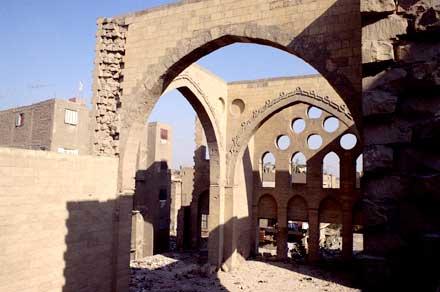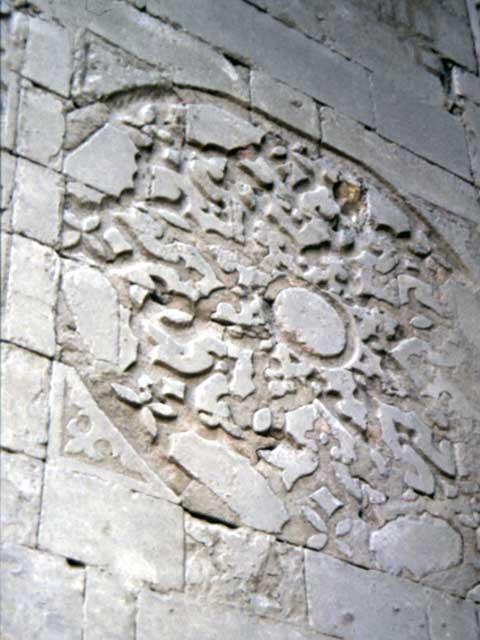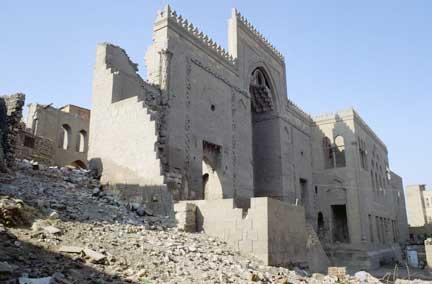Sultan Al-Muayyad Hospital
2002 World Monuments Watch
Commissioned by the Mamluk Sultan Al Muayyad Shaikh Ak Mahmudi (r. 1412–21), the Bimaristan, or Sultan al Muayyad Hospital, was founded in 1418 as Cairo’s main infirmary. Al Muayyad was a usurper of the Mamluk Sultan Faraj (r. 1399–1412), who, while imprisoned by his predecessor, had vowed to replace what had been a gruesome prison with a place of Islamic prayer, study, and charitable works. The Bimaristan Complex included a mosque, three minarets, two mausoleums, and a madrasa (Islamic college of study). Sultan al Muayyad was extravagant to the point of expropriating elements of earlier Islamic charitable foundations when lavish materials were unavailable. Among his “borrowings” were large marble plaques from old houses in Alexandria and towers from Bab Zuvayle, which were used as minaret bases. The two-story structure was divided into male and female sectors, with a timber-roofed middle hall and four iwans (vaulted open chambers) with pointed arches. A manuscript describes it as having 25 chambers plus four secluded rooms for special patients, as well as a pharmacy, library, and small mosque. Near the entrance was a sabil (drinking fountain), a school for orphans, and a third smaller mosque. The hospital fell into disuse following the Sultan’s death. Today, the hospital’s upper floor is missing – the result of neglect – but the main facade stands as a ruined monument to the wonderful proportions and ornament of the Mamluk period. Structural stabilization, documentation, and stone conservation are needed to preserve the building.



